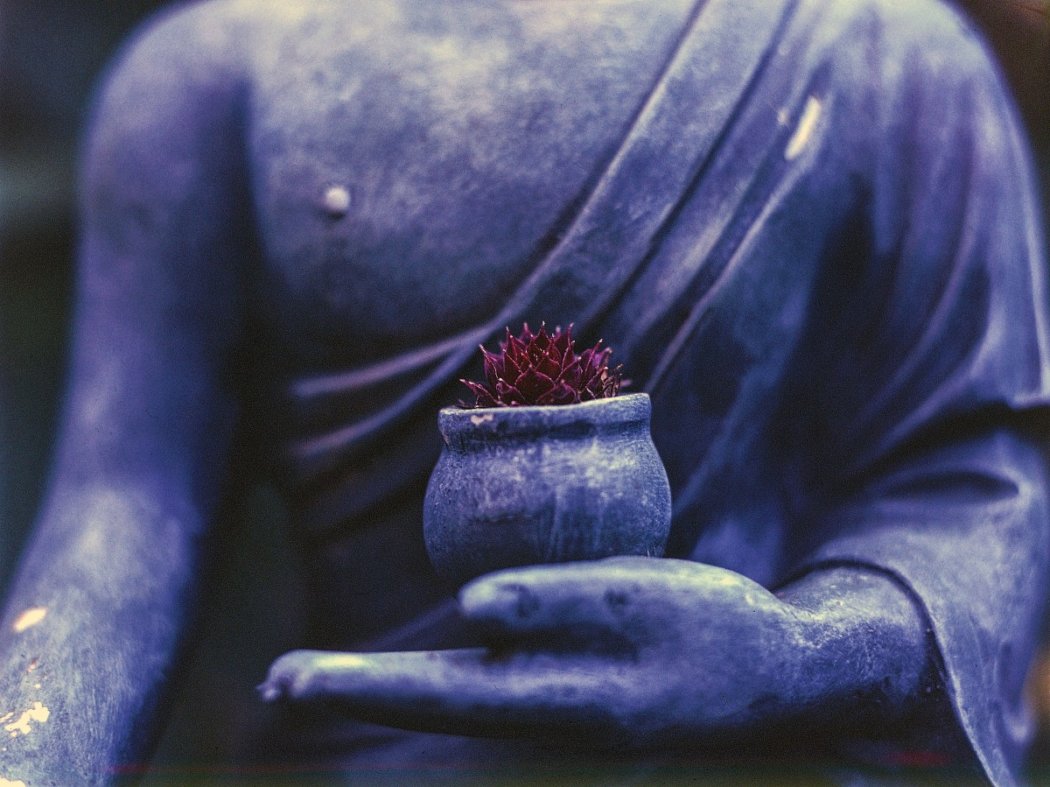What is the Spiritual Meaning of the Color Purple?
Captivated by the color purple and the spiritual meaning behind it? You are not alone.
We think we can safely say that purple is one of the most enthralling hues in the color wheel. Blending the soothing power of blue with the fiery spirit that comes with red, this dark reddish-blue color seems to encapsulate an array of diversified meanings.
From rarity, royalty, and femininity, to pure mystery, a ton of symbolism comes along with the color purple.
In fact, we can confidently say that the color has long been part of our day-to-day lives – from the humble irises we see on the roadside, to the sea urchins we spot deep down the sea, to the enchanting amethyst we wear as jewelry, the list of purple-colored things seem to go on infinitely.
In religion, especially, the color purple carries a load of symbolism and meanings. Given its rich history that is tightly bonded with the evolution of the Church, it comes as no surprise that to this day the magnificent hue stands as a color intimately tied with the whole idea of spirituality.
Here, we have rounded up everything you need to know about the connection of purple with religion, and how, exactly, this reddish-blue color emerged to become a major symbol for spirituality.
Read on.
What Is Purple?
As mentioned earlier, purple comes as a dark color that sits precisely between red and blue. Although it is often mistaken for violet, the two colors vary as violet is more inclined towards the color blue. In addition to this, unlike violet, purple is not considered a spectral color with its own wavelength on the visible spectrum of light; but rather a secondary color made by blending two spectral colors, red and blue.
History of the Color Purple
Remarkably, the history of purple presents the most interesting narratives among all other colors. In fact, its birth can be traced back as far as the Neolithic era. Specifically, a few Neolithic sites in France demonstrated cave writings painted using sticks of manganese and hematite powder, thereby creating a purplish color.
By the 15th century, ancient Phoenicians discovered how to produce purple dye, called Tyrian purple, by extracting the secretions of a snail found on the beaches of the eastern Mediterranean.
Given the complexity of the process and the need for thousands of sea snails in order for the dye to be produced (over 9,000 sea snails were needed to create just one gram of Tyrian purple), the Phoenicians demanded a very high price in exchange for Tyrian purple across the ancient world – including Egypt, Mesopotamia, Greece, and even Rome.
Soon, with the surmounting demand and dipping supply, only kings and emperors could afford the pigment and apply it to their clothing.
From this, the color soon emerged as a symbol of rarity and luxury.
To further reinforce this exclusivity, laws were passed to regulate who could wear it. Specifically, commoners were only allowed to wear white and earth-like tones, while kings, priests, magistrates, and other high-ranking citizens were permitted to apply the color purple in their clothing.
Spiritual Meaning of Purple
As discussed above, only royalty and rulers had been able to afford the color purple in the ancient world.
Since, at the time, emperors, kings, and queens were regarded as descendants of the gods, purple became a symbol of divinity.
When the Elizabethan era arrived, purple’s exclusivity to the elite carried over. Under Queen Elizabeth I’s Sumptuary Laws, only close relatives of the royal family were permitted to wear purple, while anyone outside of that circle was prohibited to do so.
Since the Church also enjoyed a dominant status during the era, priests were also allowed to wear the pigment in their robes. Because of this, purple remained a symbol of sacredness, wisdom, authority, and spirituality.
The Role of Purple in Contemporary Times
To date, despite decades since the debut of purple as an exclusive pigment, its role as an insignia of royalty and spirituality remains. In art and design, color is often used to suggest wealth, extravagance, wisdom, mystery, divinity, and magic.
Given its close association with spirituality, it is also often utilized to relay devotion, fulfillment, and sacredness.
When used in a light tone, the color is generally seen as a symbol of delicacy, as well as femininity. However, when presented in dark hues, it can also suggest gloom, frustration, and sadness.
The Bottom Line
https://youtu.be/nn4diPt5W9U
Satisfied with what you’ve learned about the color purple? Taking pride in its rich and complex history, the pigment stands as one of the most interesting colors you’ll come across.
Utilize purple’s spiritual meaning and give your craft a boost in context. From divinity, sacredness, and royalty, to many more, you’ll never run out of meanings to extract from this captivating color.
Experiment with purple today!
Read Latest Posts

Hi, I'm Anthony Tran! Welcome to my site. I live in Arizona and am obsessed with all things related to building an Online Business and working from home. Learn about my journey here.
Follow Online



